Mitac Digital Technology N544 GPS Device User Manual Magellan RoadMate 6630T LM Quick Start Guide
Mitac International Corporation GPS Device Magellan RoadMate 6630T LM Quick Start Guide
Contents
- 1. User manual Part 1
- 2. User manual Part 2
- 3. User manual Part 3
User manual Part 1
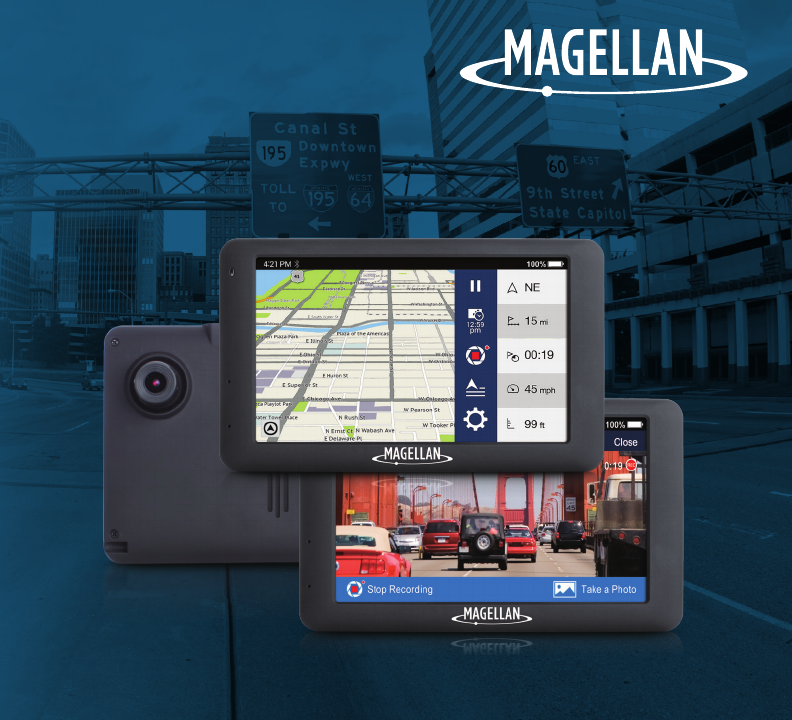
®
Magellan® RoadMate® 6630T-LM
Quick Start Guide
GPS Navigator & HD Dash Cam Combo

This Magellan device is a GPS navigator and recording device designed to assist you in navigation, recording videos, taking
photos, and managing the content stored on the device.
Please check with your state or local law enforcement for applicable regulations regarding mounting to the windshield. Go
to the Magellan store at magellanGPS.com for alternate mounting solutions.
The driver should enter data or program the Magellan receiver only when the vehicle is stopped. Only a vehicle passenger
should enter data or program the device while the vehicle is moving. It is your responsibility to comply with all traffic laws.
Every attempt is made to ensure that the database is accurate. However, roadways, points of interest (POIs), and business
and service locations may change over time.
Keep the receiver safe from extreme temperature
conditions. For example, do not leave it exposed to direct sunlight for an extended period of time. The
maximum operating temperature is 140°F (60°C).
Take care when mounting the device in your vehicle, whether using the windshield mount or other mount or accessories,
that it does not obstruct the driver’s view of the road, interfere with the operation of the vehicle’s safety devices such as air
bags, or present a hazard to occupants of the vehicle should the receiver be dislodged while driving.
You assume the risks associated with damage to your vehicle or vehicle occupants as the result of your choices in
mounting the receiver.
The battery is rechargeable and should not be removed. In the event it should need to be replaced, please contact
Magellan Technical Support at support.magellanGPS.com or 800-707-8871.
Safety.
Magellan Take-Back Program
Magellan’s Take-Back Program provides a
way for customers to recycle certain Magellan
equipment. As part of this program, all
Magellan GPS models will be accepted.
Visit support.magellangps.com for more
information.
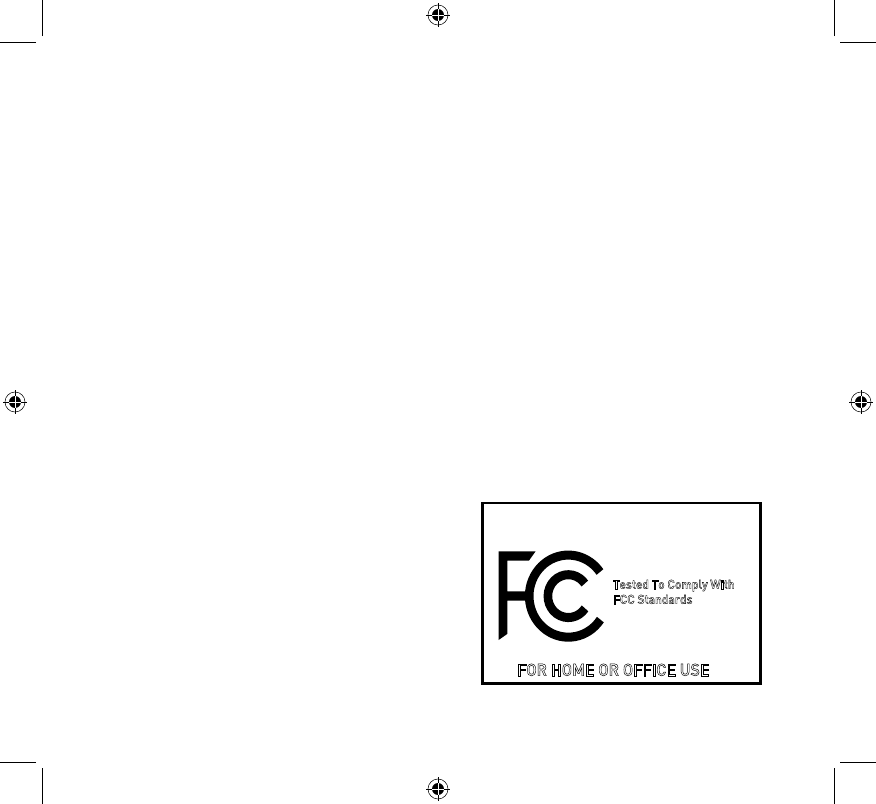
In some jurisdictions, audio recordings require the consent of all parties before you begin recording. It is
your responsibility to know and comply with applicable audio recording consent laws in your jurisdiction.
In some jurisdictions, it could be considered an invasion of privacy rights to take or publicly display
photographs or videos of people or their vehicles using this product. It is your responsibility to know and
comply with applicable laws and rights to privacy in your jurisdiction.
Before using the suction cup mount on your windshield, check the state and local laws and ordinances
where you drive. Some state laws prohibit or restrict drivers from using suction mounts on their
windshields while operating motor vehicles.
IT IS THE USER’S RESPONSIBILITY TO MOUNT AND OPERATE THE DEVICE IN COMPLIANCE WITH ALL
APPLICABLE LAWS AND ORDINANCES.
FCC RF Radiation Exposure Statement
1. This Transmitter must not be co-located or operating in conjunction with any other antenna or
transmitter.
2. This equipment complies with FCC RF radiation exposure limits set forth for an uncontrolled
environment. This equipment should be installed and operated with a minimum distance of 20
centimeters between the radiator and your body.
Wi-Fi 5G Band 1 is for indoor use only.
Safety.
Tested To Comply With
FCC Standards
FOR HOME OR OFFICE USE
Magellan RoadMate
6630T-LM
FCC Statement:
This device complies with part 15 of the FCC Rules. Operation is subject to the following
two conditions: (1) This device may not cause harmful interference, and (2) this device
must accept any interference received, including interference that may cause undesired
operation.
This equipment has been tested and found to comply with the limits for a Class B digital
device, pursuant to part 15 of the FCC Rules. These limits are designed to provide
reasonable protection against harmful interference in a residential installation. This
equipment generates, uses and can radiate radio frequency energy and, if not installed
and used in accordance with the instructions, may cause harmful interference to radio
communications. However, there is no guarantee that interference will not occur in a
particular installation. If this equipment does cause harmful interference to radio or
television reception, which can be determined by turning the equipment off and on, the
user is encouraged to try to correct the interference by one or more of the following
measures:
—Reorient or relocate the receiving antenna.
—Increase the separation between the equipment and receiver.
—Connect the equipment into an outlet on a circuit different from that to which the
receiver is connected.
—Consult the dealer or an experienced radio/TV technician for help.
Caution: Any changes or modifications not expressly approved by the party responsible
for compliance could void the user's authority to operate the equipment.
This equipment complies with FCC radiation exposure limits set forth for an
uncontrolled environment.
This transmitter must not be co-located or operating in conjunction with any other
antenna or transmitter.
IC Statement:
This device complies with Industry Canada licence-exempt RSS standard(s).
Operation is subject to the following two conditions:
(1) this device may not cause interference, and
(2) this device must accept any interference, including interference that may
cause undesired operation of the device.
Le présent appareil est conforme aux CNR d’Industrie Canada applicables aux
appareils radio exempts de licence. L’exploitation est autorisée aux deux
conditions suivantes :
(1) l’appareil ne doit pas produire de brouillage, et
(2) l’utilisateur de l’appareil doit accepter tout brouillage radioélectrique subi,
même si le brouillage est susceptible d’en compromettre le
fonctionnement.
IC Radiation Exposure Statement:
This equipment complies with Canada radiation exposure limits set forth for
uncontrolled environments.
This transmitter must not be co-located or operating in conjunction with any
other antenna or transmitter.
Déclaration d’IC sur l’exposition aux radiations:
Cet équipement est conforme aux limites d’exposition aux radiations définies
par le Canada pour des environnements non contrôlés.
Cet émetteur ne doit pas être installé au même endroit ni utilisé avec une autre
antenne ou un autre émetteur.

Thank you for purchasing an Android-powered RoadMate
Dashcam Navigator. This Quick Start Guide describes how to:
• Register your device via WiFi.
• Download maps and software updates
• Use the Forward Collision Warning System (FCWS) and
Lane Departure Warning System (LDWS) .
• Use built-in DVR Recording functions.
• Install and Use MiVue Manager.
Note: For the best experience while getting started, make
sure you have a Wi-Fi signal.
Visit magellanGPS.com/Vehicle-Navigation for more
information about RoadMate products as well as Magellan’s
complete line of vehicle navigation products.
Getting To Know Your RoadMate.
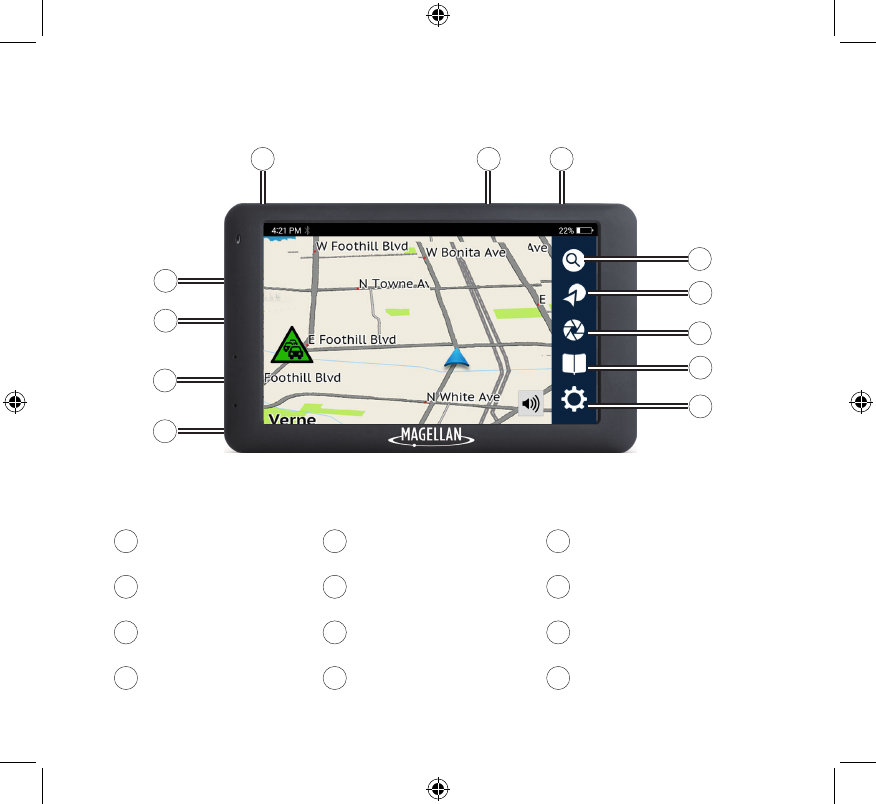
Getting To Know Your RoadMate - Free Driving.
1
2
4
5
6
7
8
9
10
11
12
1
2
3
4
5
6
7
8
9
10
11
12
Camera Lens
(on back)
Micro SD Slot (DVR
Recording)
Power Button
Audio Out
Micro SD Slot
(diagnostics only)
Video In
USB Connector,
Power Input
Search Button
Create Route Button
DVR Recording Button
Address Book Button
Settings Menu Button
3
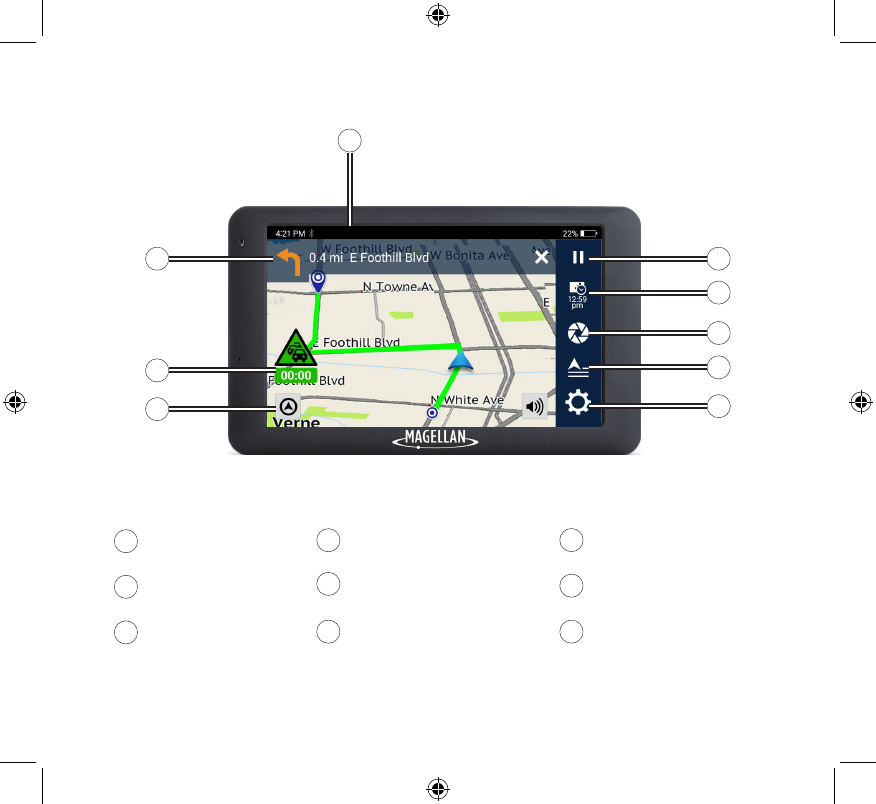
Getting To Know Your RoadMate - Routing.
1
2
3
4
5
1
2
3
4
5
6
7
8
9
Pause Routing
Driving Status
DVR Recording
Button
Multi-Destination
Route Button
Settings Menu Button
Orientation Button
Traffic Status Icon
Next Maneuver Icon
Next Maneuver
Instructions
6
7
8
9
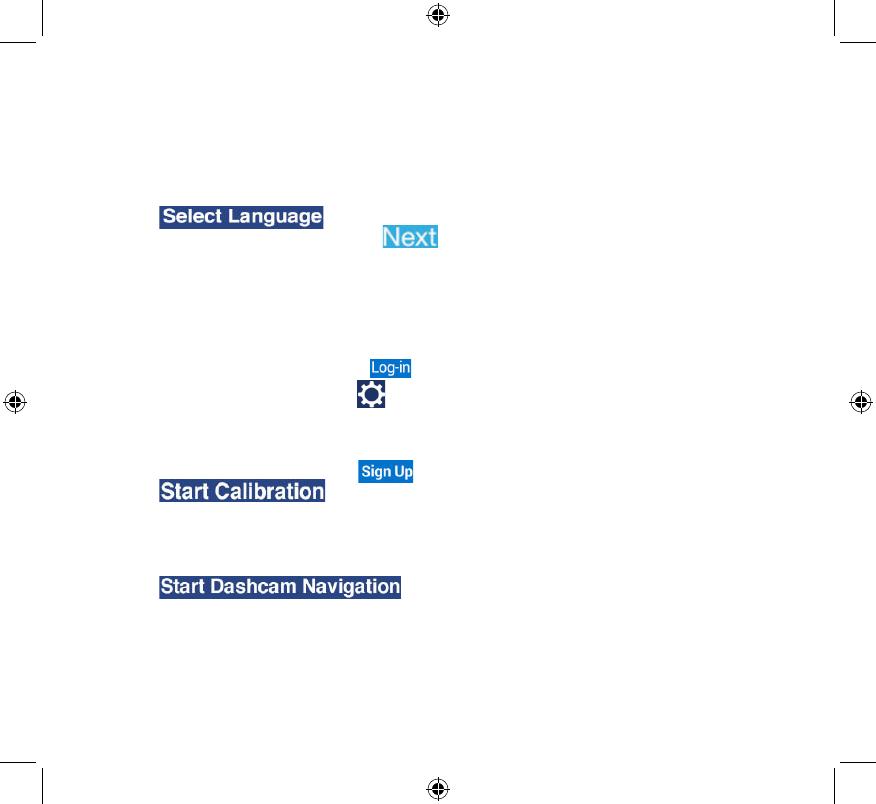
Register your RoadMate on your device via WiFi.
Note: You cannot complete registration unless you’re connected to a WiFi network.
1. Tap on the Welcome screen.
2. Tap your language preference > tap .
3. Read the End User License Agreement.
3a. Tap I’ve read and agree to the terms to continue.
3b. Tap I disagree to delay setup.
4. Choose a WiFi network and enter password.
5. Tap Create a New ID.
5a. If you already have a Magellan account, tap Log-in with Existing ID > enter
your account details > tap .
5b. To register later, tap > tap Information > tap Product Registration.
Note: You cannot download map or software updates until you log in or register.
6. Enter your account details > tap .
7. Tap to calibrate LDWS and FCWS.
Note: If you aren’t in a vehicle, you can calibrate LDWS and FCWS later. Refer to Set Up
LDWS and FCWS for more information on calibrating these systems.
8. Tap to complete initial setup and start free driving.
Setting Up Your RoadMate.
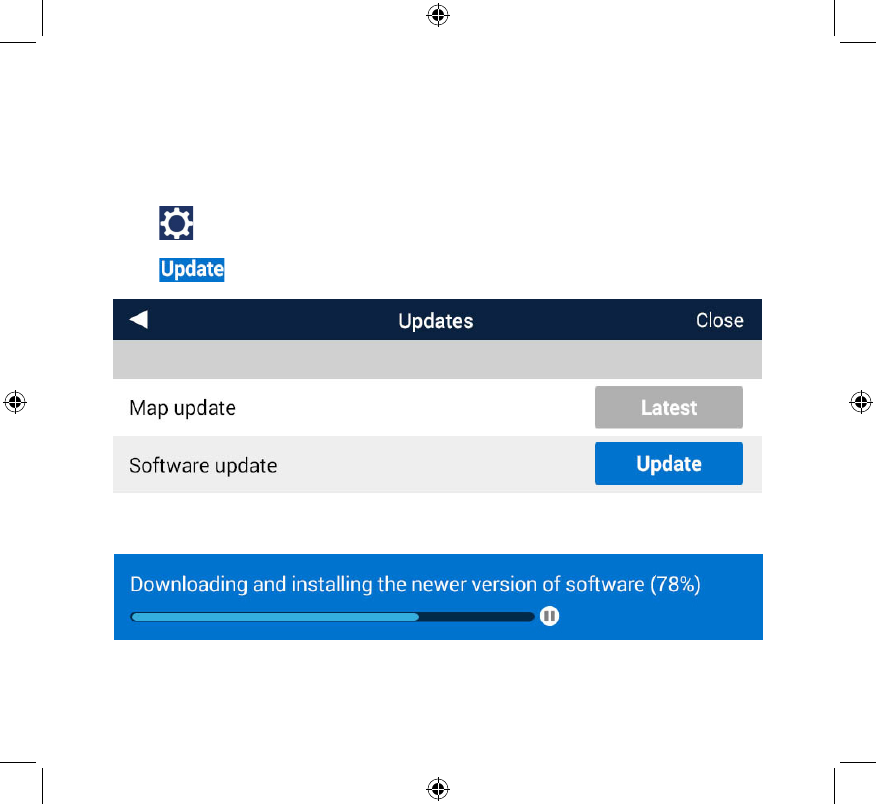
Setting Up Your RoadMate.
Update Your Maps and Software.
Download any available maps and software updates for your RoadMate via WiFi:
1. Tap from the Map screen.
2. Tap Updates when you see a notification (e.g. 2 New Updates).
3. Tap on Map Update or Software Update.
4. Wait for the new map or software to download.
Updated maps or software are now downloaded.
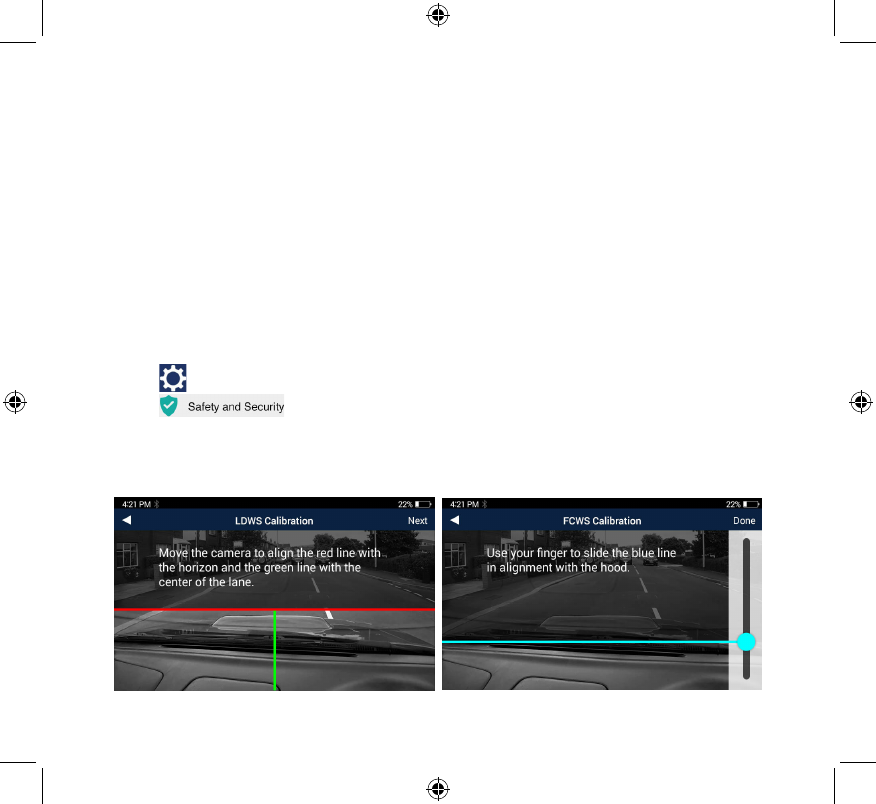
Setting Up Your RoadMate.
Set Up LDWS and FCWS.
Lane Departure Warning System (LDWS) warns you when you’re drifting out of your lane
based on highway or road lines. Forward Collision Warning System (FCWS) warns you when
you’re too close to cars ahead of you.
Note: Because of the nature of these functions, they may function abnormally during
times of low visibility, including at night. Always drive with caution and be aware of your
surroundings.
To calibrate the LDWS and FCWS:
1. Tap from the Map screen.
2. Tap .
3. Tap Calibration to calibrate the camera for FCWS and LDWS.
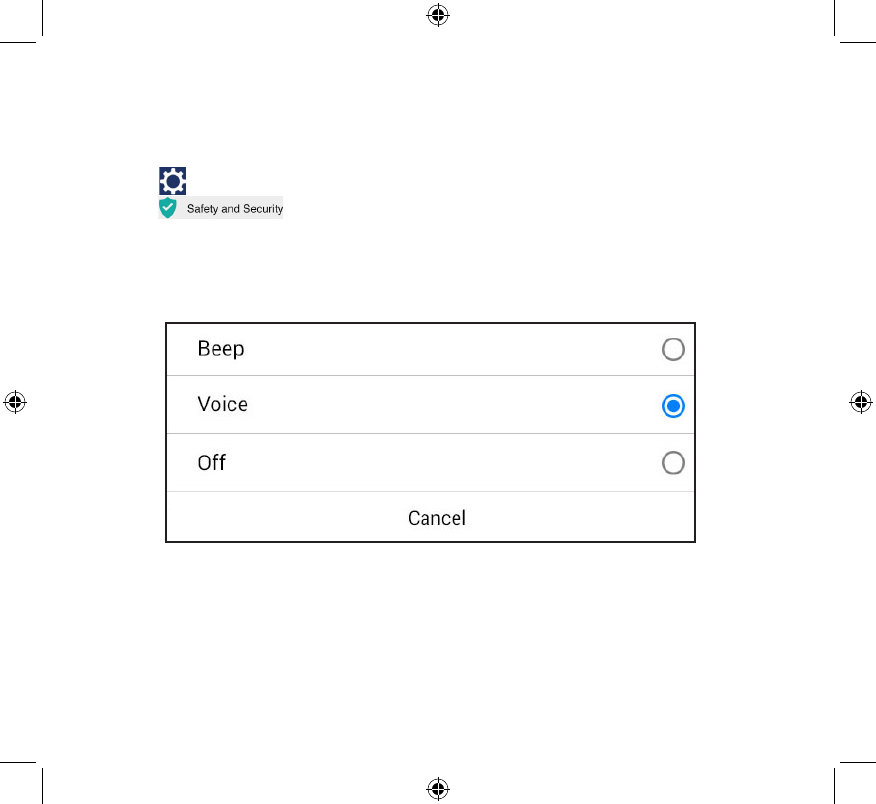
Setting Up Your RoadMate.
To set alert sounds for LDWS and FCWS:
1. Tap from the Map screen.
2. Tap .
3. Tap Lane Departure Warning System (LDWS) or Forward Collision Warning System
(FCWS).
4. Tap Beep to hear an alert sound, Voice to hear a voice alert, or Off to turn off audible
alerts.
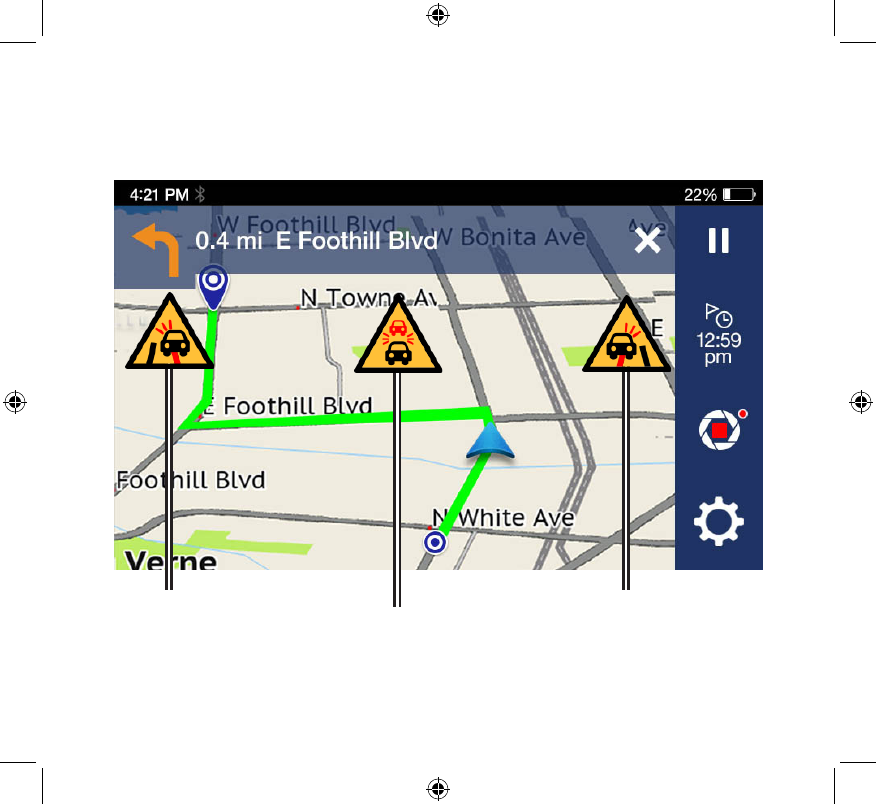
Setting Up Your RoadMate.
While driving, you’ll see icons on the screen and hear alerts (based on your alert settings).
FCWS Alert Icon LDWS Alert Icon
(Right Side)
LDWS Alert Icon
(Left Side)
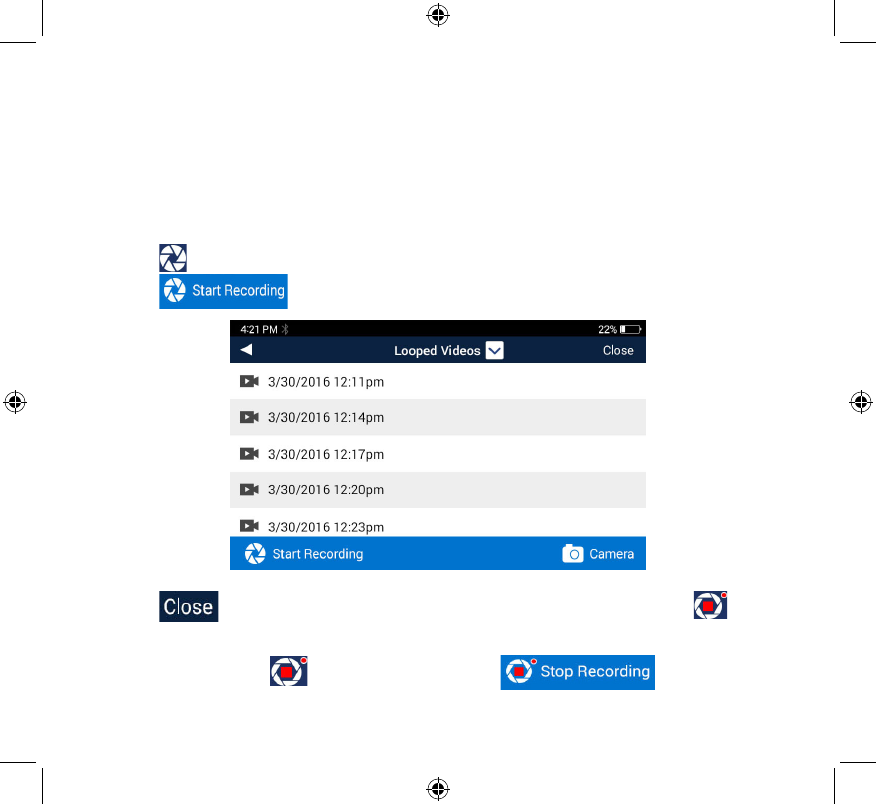
Recording With Your RoadMate.
Start DVR Recording.
Your RoadMate includes DVR recording to record video while driving.
To begin recording video:
1. Tap from the Map screen.
2. Tap to begin recording video.
3. Tap to return to the Map screen. The DVR Recording button changes to on
the Map screen while recording is in progress.
To stop recording, tap from the Map screen > tap .

Recording With Your RoadMate.
Set Video Recording Limits.
To set a time limit for video recordings:
1. Tap from the Map screen.
2. Tap .
3. Tap Video Time > select 1 min, 3 min, or 5 min.
This time limit also applies to Impact Recording.
Emergency Recording
Emergency recordings, are recorded, locked, and saved as three consecutive videos to
Impact Videos when the G-Sensor detects impacts from collisions or similar events.
Tap and hold to manually record an emergency video.
Access Recorded Videos and Photos.
All recorded videos and photos are time-stamped and saved to one of three categories
under DVR Recordings: Looped Videos, Impact Videos, and Photos.
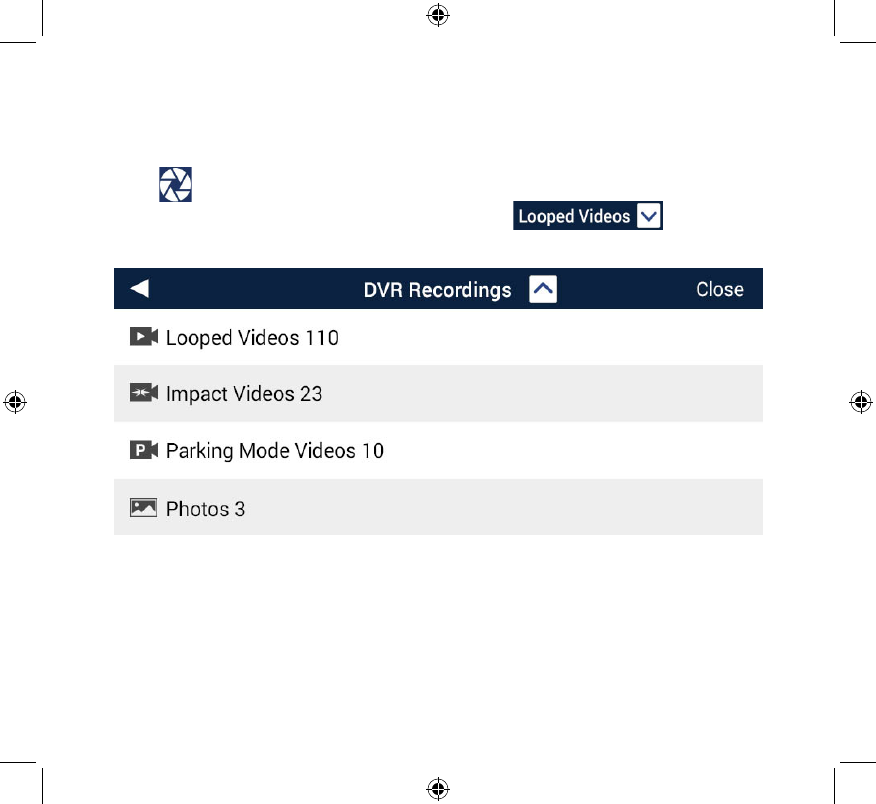
Recording With Your RoadMate.
To access videos/photos at any time:
1. Tap from the Map screen.
2. Tap any of the time-stamped files to view them, or tap to open a list
of all file playback types (below).
3. Tap on a folder to view time-stamped files.
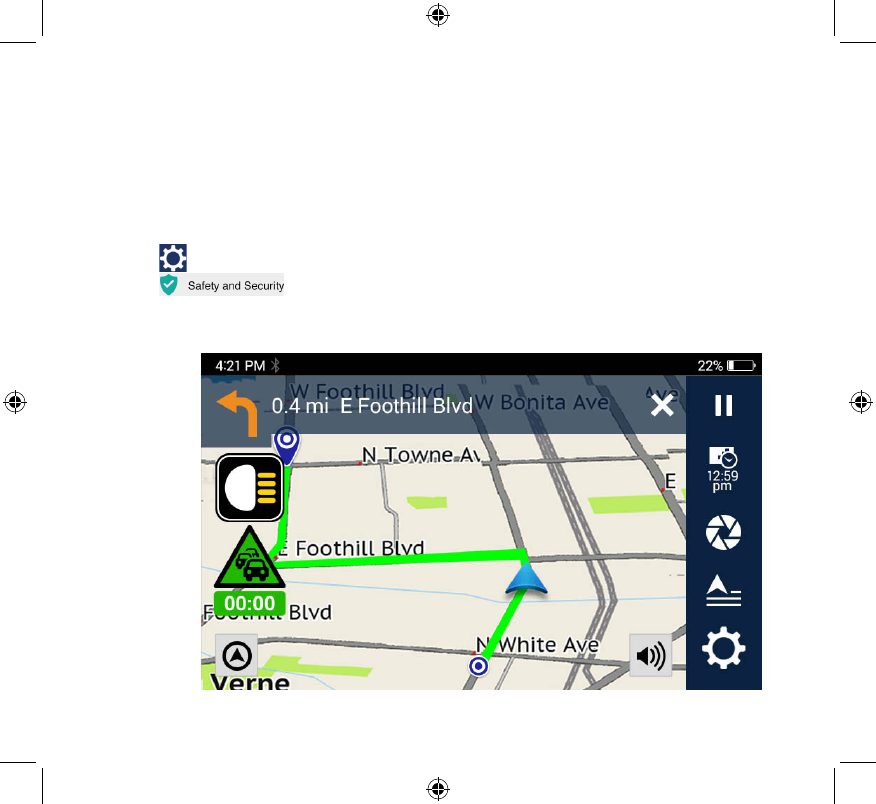
Driving Assistance From Your RoadMate.
Use the Headlight Reminder.
The Headlight Reminder alerts you to turn on your vehicle headlights around sunset.
To set the Headlight Reminder:
1. Tap from the Map screen.
2. Tap .
3. Tap the check box next to Headlight Reminder to turn the Headlight Reminder on
(checked) or off (unchecked).
Headlight
Reminder
Icon